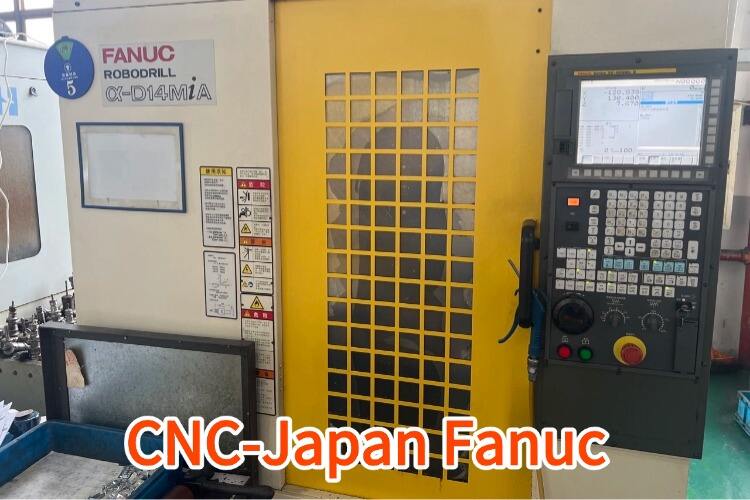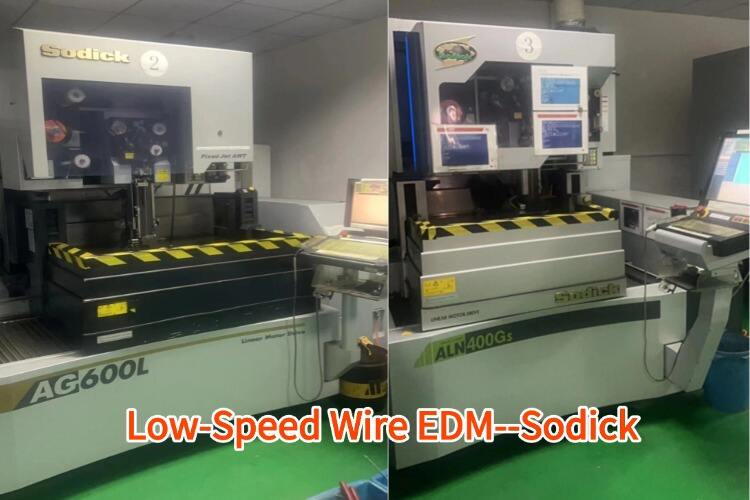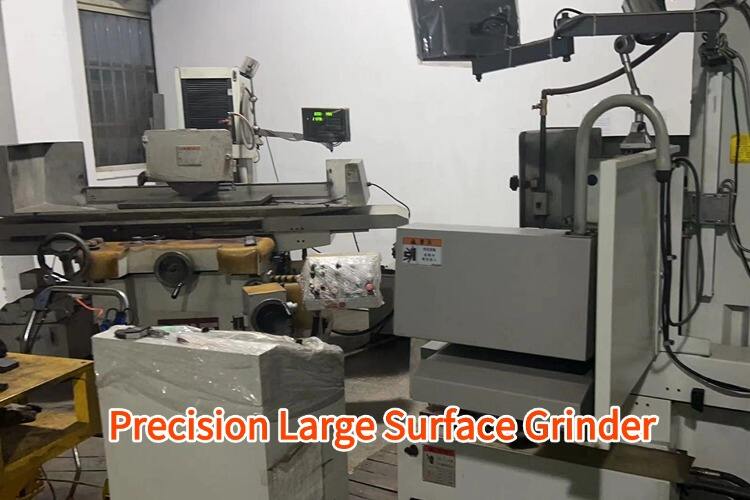Industry 4.0 Integration and Smart Manufacturing
Modern steel CNC cutting systems are at the forefront of Industry 4.0 implementation, featuring comprehensive digital integration capabilities that enhance manufacturing intelligence and efficiency. These systems can connect with enterprise resource planning (ERP) systems, enabling real-time production monitoring, automated inventory management, and predictive maintenance scheduling. The integration of Internet of Things (IoT) sensors provides continuous feedback on machine performance, cutting quality, and material utilization, allowing for proactive optimization of manufacturing processes. This smart manufacturing approach enables data-driven decision-making, improved quality control, and enhanced production flexibility, ultimately leading to increased operational efficiency and reduced downtime.


